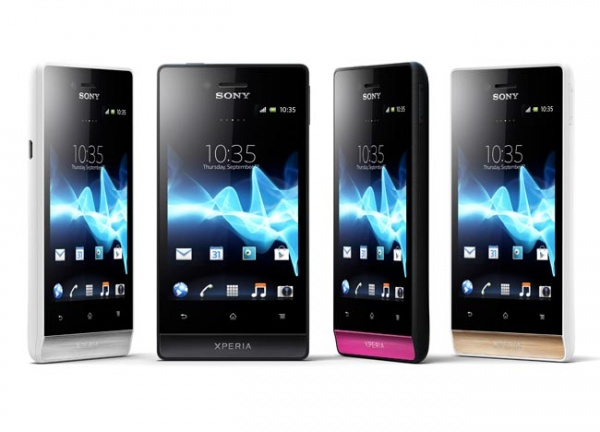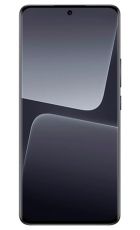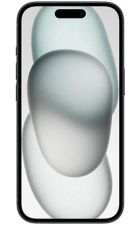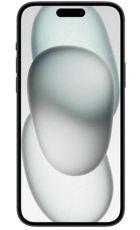Sony has followed its budget-friendly, Xperia Tip, with a slightly more expensive smartphone focused on social networking. While the Xperia Miro still slots into the mid-range category, it does suffer from some performance issues.
Strip tease
Sitting below the usual touch-sensitive buttons for Home, Menu and Back, is a strip that glows when the device awakes from sleep mode. We love that the colour changes depending on the theme you choose, be it purple, green or whatever. Turn over the phone and you’ll see a rubberised rear, which is scuff-resistant and makes the device nice to hold.
Sony has made much of the handset’s design – and it looks really good, It’s obviously it’s an Xperia, as it is rectangular in shape and has the logo sported on both the back and the front. It feels solid to hold, and while our review model sported an all-black finish, there is a white version too, which has different coloured strips along the bottom.
Poor performance
The Miro runs on Android Ice Cream Sandwich, but it’s a shame that the 800Mhz chip on board is not able to run it well. The Tipo had similar problems, as it also had the same processor. Flip between menus and desktop and you’ll be plagued by stutters. We thought that as the Miro is a more expensive phone, that Sony might have decided to up its power to be more in keeping with the likes of the Xperia U and ZTE’s Grand X, both of which are the same price or cheaper.
The low power is also evident when surfing the net – scrolling through a website proved stuttery and rather frustrating. Tapping links and zooming in and out also suffer from painful lag.
Small screen
The display measures up at 3.5 inches, which means there’s not much space (although it’s a tad bigger than the 3.2in screen on the Tipo). You’ll want to hold it in landscape mode to use the onscreen keyboard. Even so, the keys are close to each other, which makes mis-typing very easy. Happily, the auto-correct facility is very accurate.
The resolution of the display is the same as on the Tipo – at 480x320 pixels. It’s good enough for watching TV programmes and YouTube videos, and you can still view it outside in bright sunshine.
Gamers will find their game choices limited because of the processor. Temple Run and Angry Birds are pretty basic and run well, but trying to play games such as Dead Trigger, which is more complex, offered a stutter-plagued experience. You’d be better off looking at the Grand X if you’re a keen gamer.
Battery life, though, is impressive. We put the Miro through 24 hours of moderate play, including web browsing, apps, texting and emailing, all while running Wi-Fi, and it still had juice left. You’ll probably get two days out of it if you watch your usage.
Social whirl
The Miro is fine when it comes to emails and text and accessing social network sites. There’s support for Facebook and Twitter, and you have the choice of using the Timescape feed, so that you can access them all in one place. It’s slow to update but still proves better than the individual Twitter and Facebook widgets. There are plenty of widgets to choose from to personalise the five desktops.
Simple snapper
The five-megapixel snapper on board does a reasonable job. Daytime snaps look reasonably colourful on a monitor. Even the evening pictures came out brighter then we had hoped. The flash is available for low-light situations, although it does tend to overexpose. There’s a two-second delay between firing the shutter and the snap being taken, so fast-action pictures are not easy to capture. And none of the images are pin-sharp, so they’re fine for social network sites, and can be shared easily.
The front-facing snapper is fine for video calls but results are still rather grainy. There’s a neat touch in the shape of a panorama mode, and lots of settings to have a fiddle with. Video capture is limited to low-res, which again is fine for social networking.
Our conclusion
The Sony Xperia Miro is a neat mid-range handset that is hindered by its low-powered chip. The operating system does not run smoothly, and surfing the net is a stuttery affair too. We’d suggest you look at handsets of a similar price that benefit from a dual-core chip – the Xperia U springs to mind.






